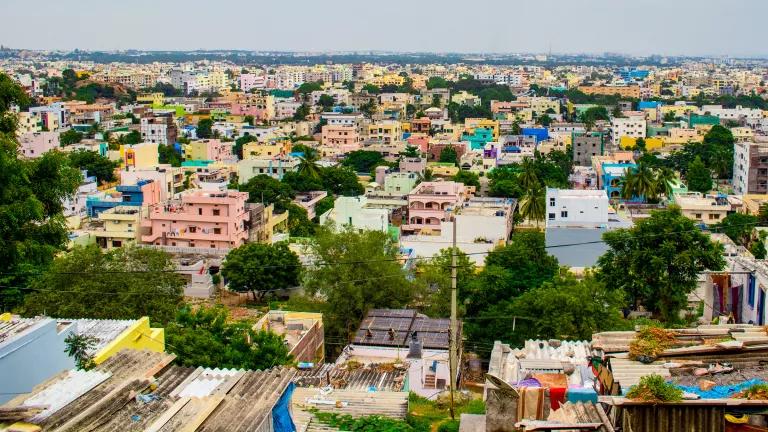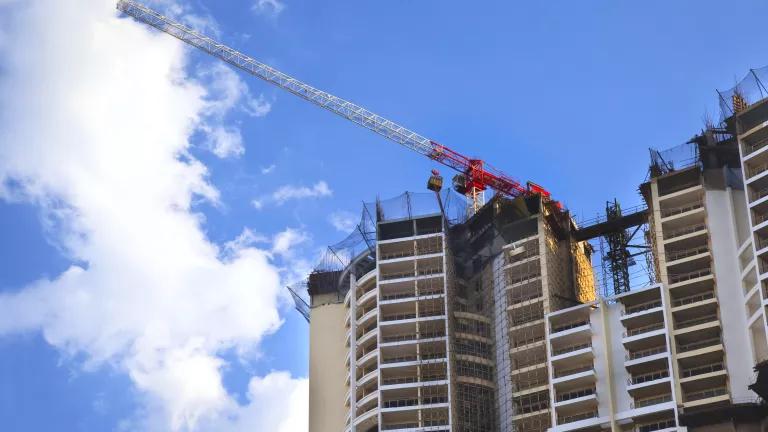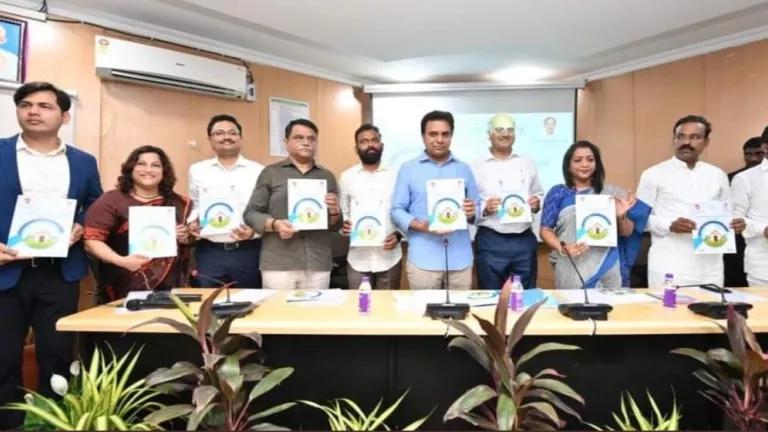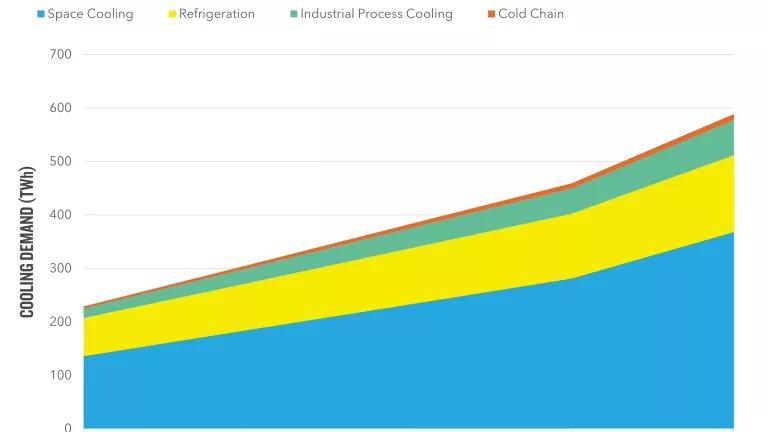
Hafizur Rahman/Shutterstock
Co-authored with Rajkiran Bilolikar and Karan Chouksey
In Hyderabad – an IT capital in India– we’ve been learning first-hand about the severity of the unprecedented surge in power demand facing the region. Hyderabad is experiencing record breaking electricity consumption, largely because of the early onset of the heat season. Usually, peak energy use occurs later in the year, but because of high temperatures this year, power demand is breaking records. This surge in power demand is prompting action in the right direction. This week, government leaders and experts are working on advancing energy efficiency solutions during a key regional workshop.
During the “Regional Workshop on ECBC Implementation in State”, government officials, regional stakeholders, and national experts will focus on action in Hyderabad. A key highlight of the discussion is a new online compliance system, developed by the Greater Hyderabad Municipal Corporation and the Telangana State Government, for incorporating energy-saving measures into construction for commercial buildings.
As part of the workshop, government officials will discuss means to streamline the new system: “Draft Guidelines for Simplified Version of Telangana State Energy Conservation (TSECBC)” and “Building Code for Online Compliance and Frequently Asked Questions”.
NRDC and our partners, the Administrative Staff College of India (ASCI), will be presenting the latest on the online system. The regional workshop is being organized by the Alliance for an Energy Efficient Economy with support from the National Institute for Transforming India (NITI Aayog), the United Nations Development Program (UNDP) through their Global Environmental Finance initiative and the Bureau of Energy Efficiency (BEE).
The new online system for the Energy Conservation Building Code is nothing short of a breakthrough. Hyderabad is one to the fastest urbanizing cities in India. Energy efficiency is the fastest, cleanest, and cheapest way to meet the city’s growing energy needs. India alone could save $42 billion each year by largely improving energy efficiency in buildings, which currently consume more than 30 percent of the country’s electricity. Key energy saving solutions are readily-available for new construction and major retrofits. For example, buildings can save energy by employing energy efficient design in building envelopes (walls, roofs, and windows); lighting systems (day-lighting, CFLs, and LEDs); air-conditioning (HVAC, chillers, passive and traditional cooling); electrical systems; and water heating and pumping systems (solar hot-water systems).
Recognizing that the power grid is already strained by an energy deficit that includes the huge growth of energy-intensive buildings, officials in leading states are seeking ways to save energy. Since over 70 percent of the buildings that will exist in India by 2030 are yet to be built, energy efficiency is a critical solution that can lock in energy savings for years to come. Taking the lead on energy savings, the states of Telangana and Andhra Pradesh adopted mandatory energy conservation building codes for commercial buildings in 2014, applicable to both states after bifurcation. ASCI and NRDC worked with state and city officials as knowledge partners to develop and adopt the code, as well as the online system.
Led by Telangana State’s Municipal Administration & Urban Development Technical Committee on the ECBC, Telangana state and Hyderabad have developed a three-pronged strategy for effective implementation of the code, including awareness and capacity building, integration with the building approval process, and technical and expert support. The draft guidelines were developed after several months of discussions with experts, including engineers and architects with key developers, the International Institute of Information Technology (IIIT), among others.
Accelerating energy efficiency while India experiences skyrocketing growth in its buildings market provides a tremendous opportunity to reduce peak demand and generate energy savings that translate directly to financial savings. The reduced demand for energy also has public health benefits, combats climate change, and closes the widening gap between India’s energy production and demand. Armed with these tools, India can transform cities to become leaders in efficient resource use and become true smart cities.



